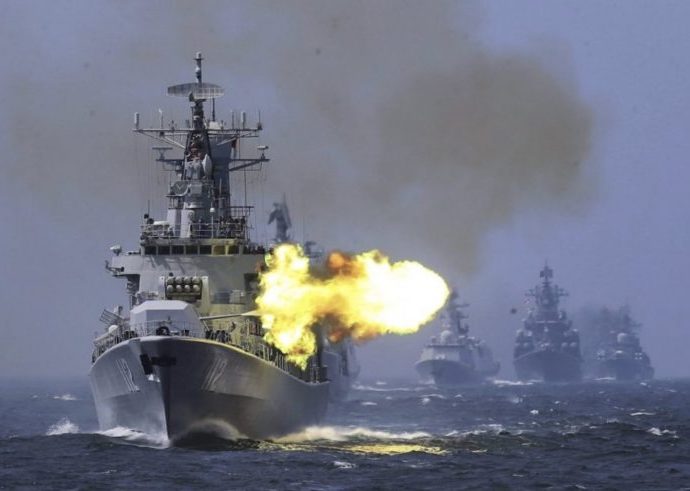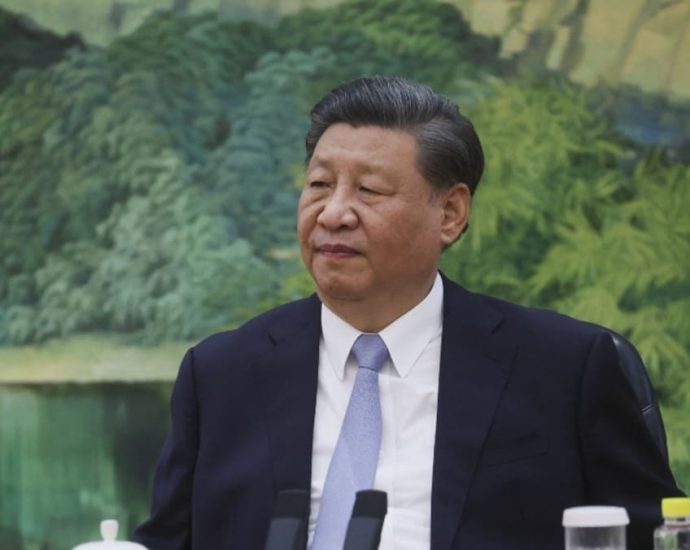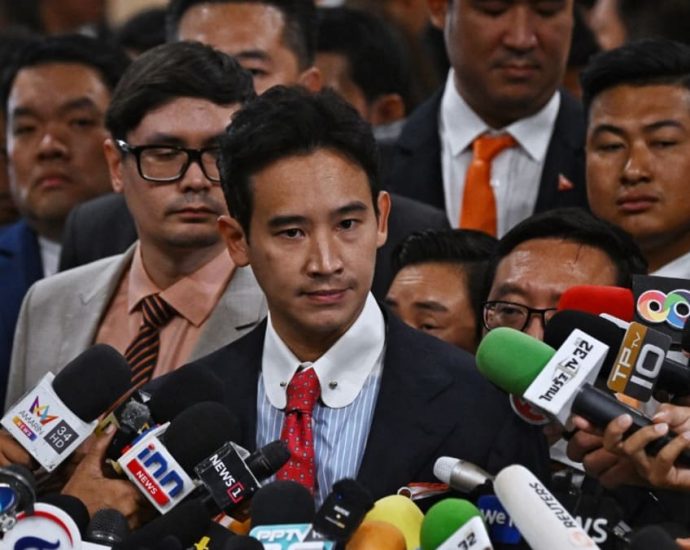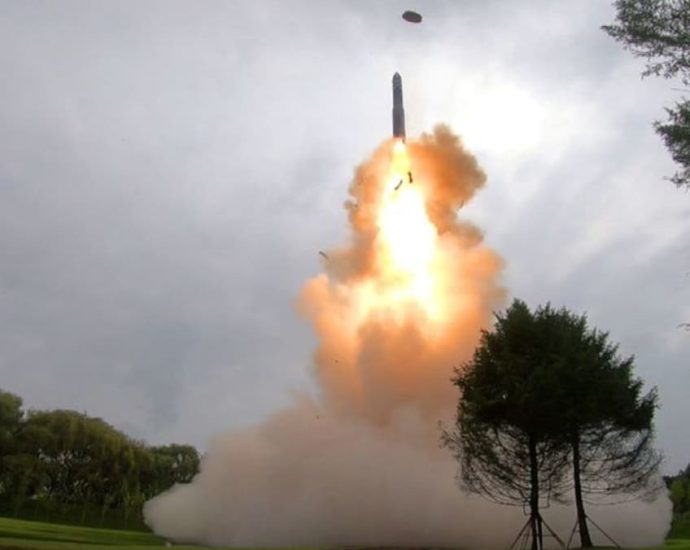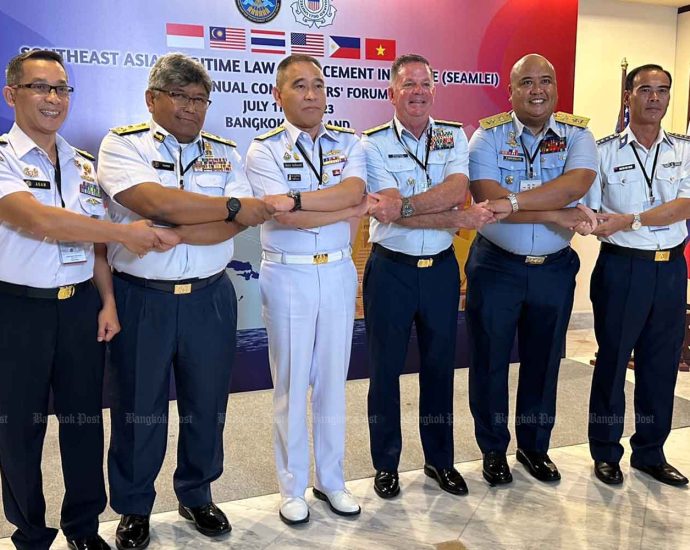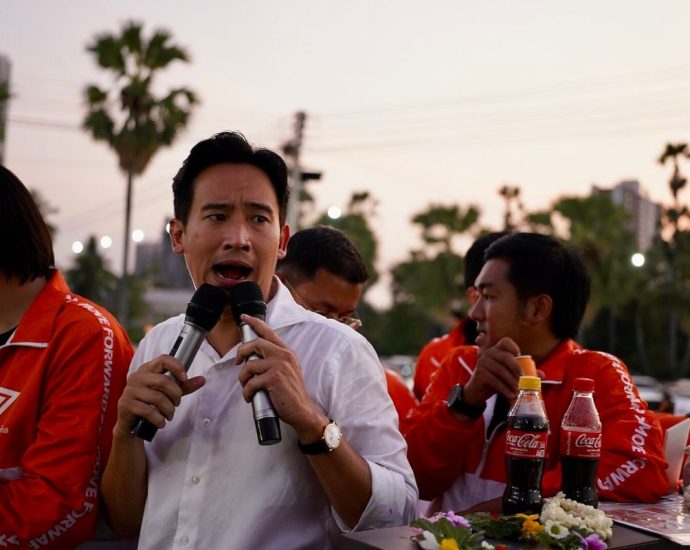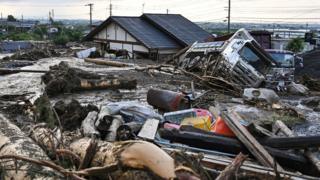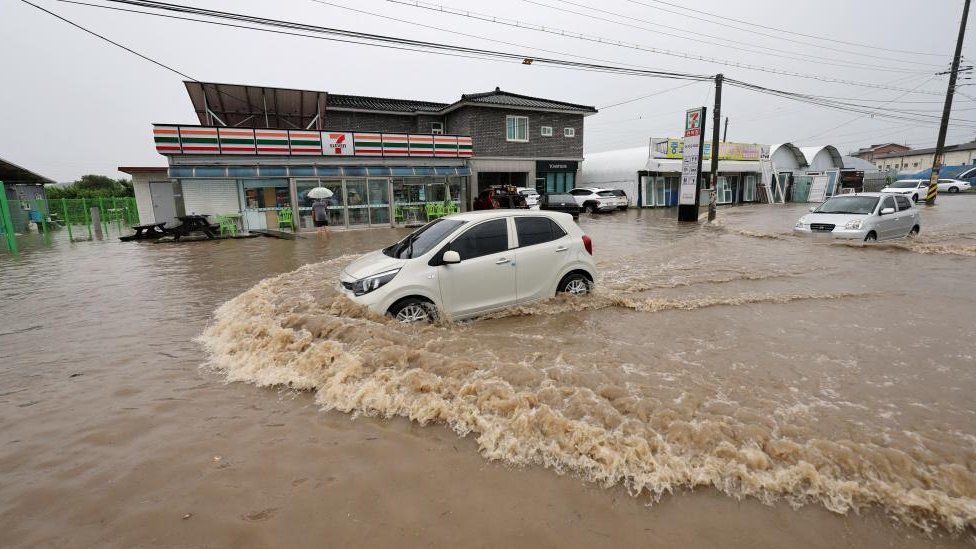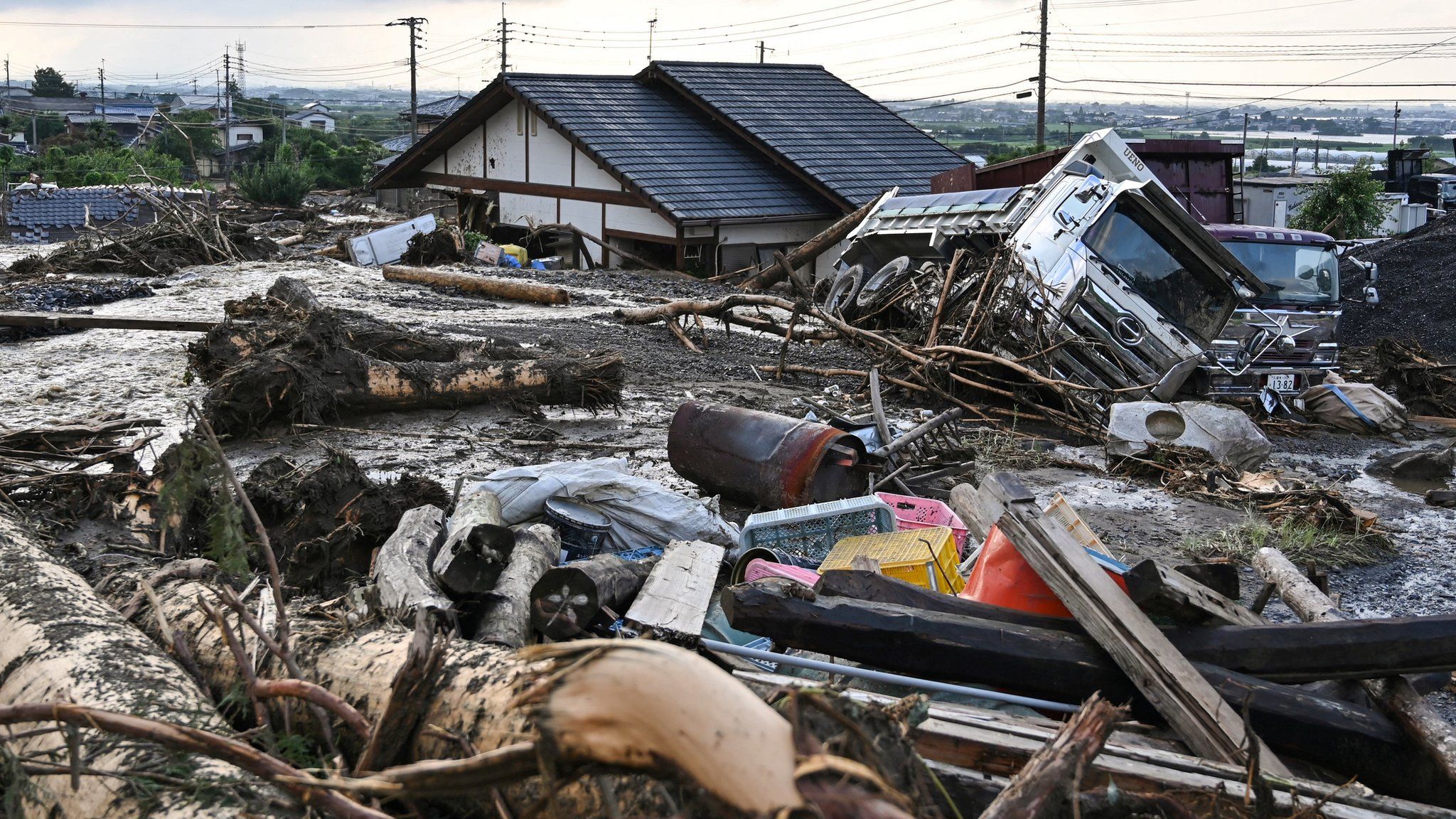Illegal trade in butterflies is rife; collectors deny being the main problem. They may have a point

A LIFETIME OF PAINSTAKING SEARCH
In Shikoku, 80-year-old doctor Haruki (not his real name) has amassed about 10,000 butterflies over a lifetime. He bought 80 per cent of his collection, paying upwards of US$7,500 (S$9,900) for his most valuable specimens.
He still hopes to expand his collection. “I accumulate so many of these butterflies in my house as a collector because it’s hard to be satisfied with just one (of each species),” he said.
He is driven to make his collection of various species as complete as possible by, for example, obtaining a rare female of a particular species. Some butterfly species are sexually dimorphic, which means the males and females differ in size, shape and colour.
One such species, the Ornithoptera croesus or Wallace’s Golden Birdwing, lives only in North Maluku.
It is highly sought after, but since 2017, the Indonesian government has specifically suspended all trade in the species — unlike other Cites (Appendix II) species, in which international trade is generally allowed with an export permit or re-export certificate.


